Introduction: In this article, Melissa Davenport Berry tells some stories about how Christmas was celebrated during America’s first 100 years. Melissa is a genealogist who has a blog, AnceStory Archives, and a Facebook group, New England Family Genealogy and History.
Paul Engle, a popular author, ran an “Old Fashioned Christmas” series in the newspapers. Engle referenced journals and letters to tell the tales of America’s Christmas past. In this article Engle published in the Chicago Daily News in 1960, the theme was feast or famine.
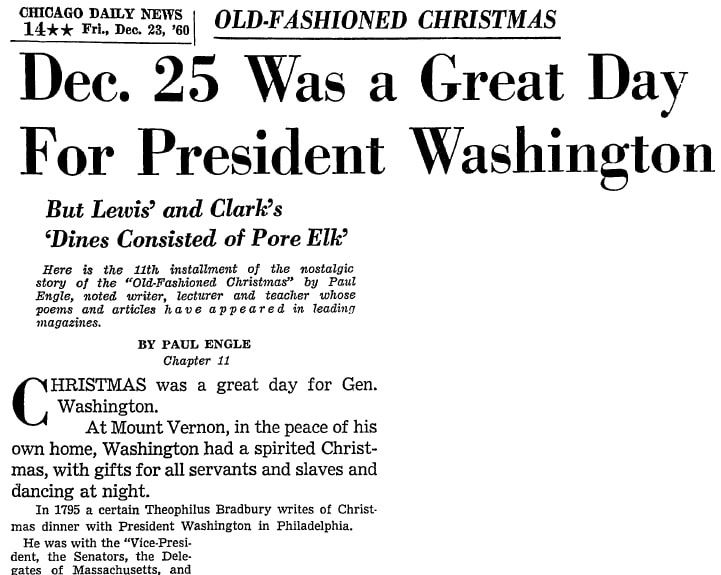
Here are some of the anecdotes Engle told.
George & Martha Washington
Theophilus Bradbury of Massachusetts attended an elaborate Christmas dinner hosted by George and Martha Washington in Philadelphia 1795. The attendees included John Adams, senators, and members of Congress.
“There was an elegant variety of roast beef, veal, turkeys, ducks, fowls, hams, etc.; puddings, jellies, oranges, apples, nuts, almonds, figs, raisins and a variety of wines and punch.”
It was quite a spread. George and his faithful company earned it. Recall his night crossing the icy, cold Delaware River on 25-26 December 1776.
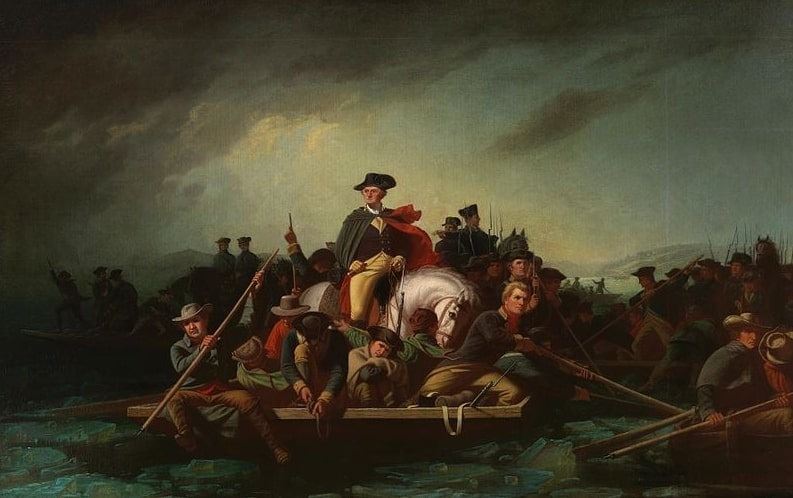
The South
Another anecdote relayed how the South celebrated Christmas with much merriment, English style, including hunting parties and drinking. The burning Yule log gauged the days’ activities. It was always lit with a piece of the Yule log from the previous Christmas.
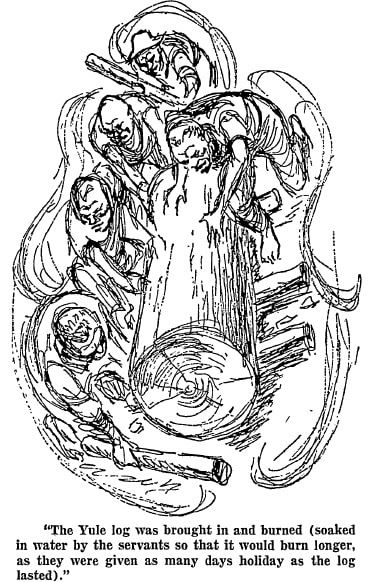
Moravians
The Moravians (immigrants from present-day Czech Republic who built a religious society called “Bethlehem” in Pennsylvania mid-18th century) held what was described as a “love feast” the day before Christmas. After refreshments were served, “the children were given each a lighted candle, to signify the light that came to Bethlehem years before.”
Boston
During Christmas in Boston in 1845: Ralph Waldo Emerson lectured on the mystic Swedenborg at the Boston Lyceum; Melodeon Hall featured a production of Handel’s “The Messiah” for 50 cents; and the National Anti-Slavery Bazaar was held in Faneuil Hall.
First Christmas Tree Salesman
The first Christmas tree salesman was woodsman Mark Carr of the Catskills. In 1851 he cut down two sled loads of fir and spruce trees and sent them down the Hudson River into New York City. He sold them on the corner of Vesey and Greenwich streets for $1 and made a bundle, but his earnings did not make it home due to his partaking in too much Christmas cheer.
Frontiersman & the Indians
Christopher Gist, a white frontiersman exploring the Ohio country, celebrated Christmas with Native American tribes in 1753. He read scripture to them and wrote: “The Indians seemed well pleased, and came up to me and returned me their thanks; and then invited me to live among them.”
Lewis & Clark
Lewis and Clark on their expedition during Christmas in 1804 noted the men hunted and danced.
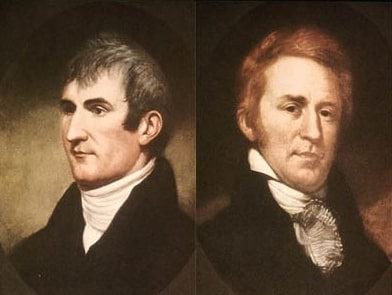
However, the following year on the Columbia River Clark noted spirits were low and food was scarce. They dined on spoiled elk and fish with a side of roots.
Zebulon M. Pike
Zebulon M. Pike was exploring the upper Mississippi River during Christmas 1805 and noted in his journal that he: “gave out two pounds of extra meat and flour, one gill of whiskey and some tobacco per man, in order to distinguish Christmas Day.” The following Christmas he and his men almost starved, and survived on a little buffalo meat.
Civil War
Phoebe Yates Pember, of the Chimborazo Hospital in Richmond, Virginia, spread cheer to the troops in 1863. She noted in her diary: “It seemed to me I lived a week during the 24 hours which constituted Christmas.”
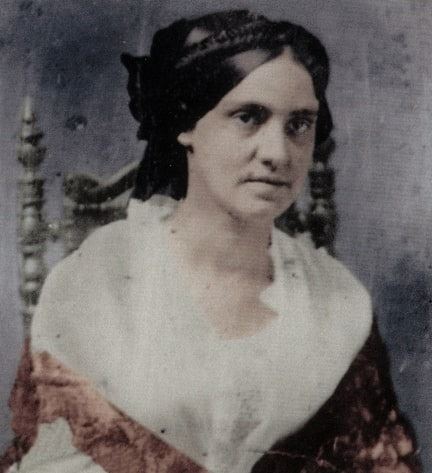
Phoebe and staff furnished 24 gallons of eggnog to the troops and gave each one a good-sized portion of cake, as well as a dozen roasted turkeys and seven gallons of oysters.
A Confederate soldier sold his $25 watch for $75 and wrote: “This sufficed for fuel for a month, and a Christmas dinner.” During the Civil War food became outrageously expensive in the South. By 1863 turkeys had gone from $11 to $50, rum from $30 a gallon to $80. The following year a ham was $300, and a turkey was $175.
Engle concluded his article:
“The vitality and emotional quality of Christmas survived every aspect of the American experience, and often must have given heart to people who were homesick, frightened and cold.
“For all, the strength lay not so much in food as in the animating childlike spirit of the season. For men and women sharing in the birth of a new country, to celebrate the birth of a Child was an act not only of faith but of assurance.”
